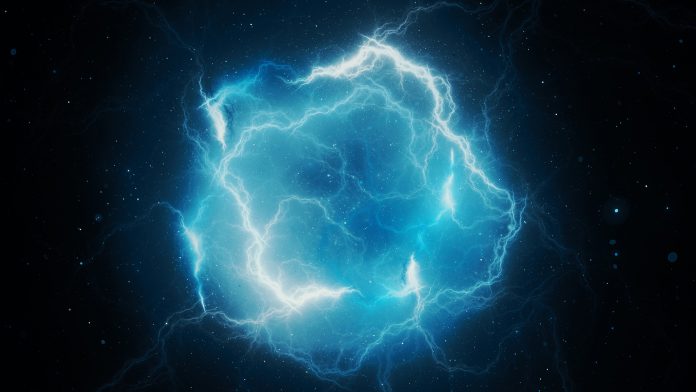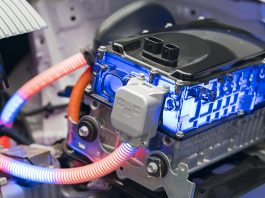EUROfusion researchers have achieved record-breaking results of sustained fusion energy, indicating its potential to provide a safe and environmentally friendly future.
This week, on 9 February 2022, the EUROfusion consortium announced record results of sustained fusion energy, which is a striking example of the possibilities that stem from the ability of fusion energy to provide safe and sustainable low-carbon energy.
EUROfusion
EUROfusion is a European Commission co-funded association of 4,800 experts, staff, and students from across Europe. In this study, the scientists and engineers at world-leading UK Atomic Energy Authority’s Joint European Torus (JET) facility in Oxford were able to more than double past records – attained in 1997 – achieving 59 megajoules of sustained fusion energy.
The record and scientific data from these vital experiments are a massive boost for ITER (initially the International Thermonuclear Experimental Reactor), the bigger and more developed version of JET.
ITER is a massive fusion research project endorsed by seven members – China, the European Union, India, Japan, South Korea, Russia, and the USA – based in the south of France. Its aim is to further establish the scientific and technological viability of fusion energy.
As pressures mount to address the effects of climate change through decarbonising energy production, this success is a major step forward on fusion’s roadmap as a safe, efficient, and low carbon means of tackling the global energy crisis.
UK as a global leader in fusion energy
George Freeman MP, and Minister for Science, Research and Innovation, said: “These milestone results are testament to the UK’s role as a global leader in fusion energy research. They are evidence that the ground-breaking research and innovation being done here in the UK, and via collaboration with our partners across Europe, is making fusion power a reality.
“Our Industrial Strategy for Fusion is intended to ensure the UK continues to lead the world on the commercial roll-out of this transformational technology, with the potential to deliver clean energy for generations to come.”
Ian Chapman, UKAEA’s CEO, explained: “These landmark results have taken us a huge step closer to conquering one of the biggest scientific and engineering challenges of them all. It is a reward for over 20 years of research and experiments with our partners from across Europe.
“It is clear we must make significant changes to address the effects of climate change, and fusion offers so much potential. We are building the knowledge and developing the new technology required to deliver a low carbon, sustainable source of baseload energy that helps protect the planet for future generations. Our world needs fusion energy.”
Scaling up power potential
Tony Donné, EUROfusion Programme Manager, added: “This achievement is the result of years-long preparation by the EUROfusion team of researchers across Europe. The record, and more importantly the things we have learned about fusion under these conditions and how it fully confirms our predictions, show that we are on the right path to a future world of fusion energy. If we can maintain fusion for five seconds, we can do it for five minutes and then five hours as we scale up our operations in future machines.
“This is a big moment for every one of us and the entire fusion community. Crucially, the operational experience we have gained under realistic conditions gives us great confidence for the next stage of experiments at ITER and Europe’s demonstration power plant EU DEMO, which is being designed to put electricity on the grid.”
Dr Bernard Bigot, Director General of ITER, concluded: “A sustained pulse of deuterium-tritium fusion at this power level – nearly industrial scale – delivers a resounding confirmation to all of those involved in the global fusion quest. For the ITER Project, the JET results are a strong confidence builder that we are on the right track as we move forward toward demonstrating full fusion power.”









